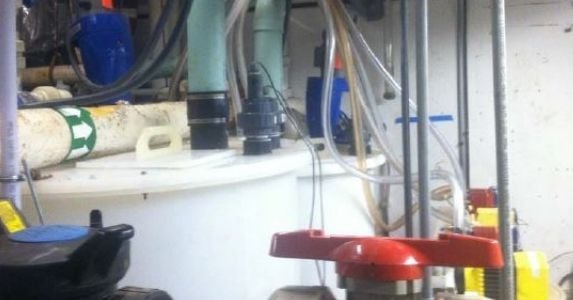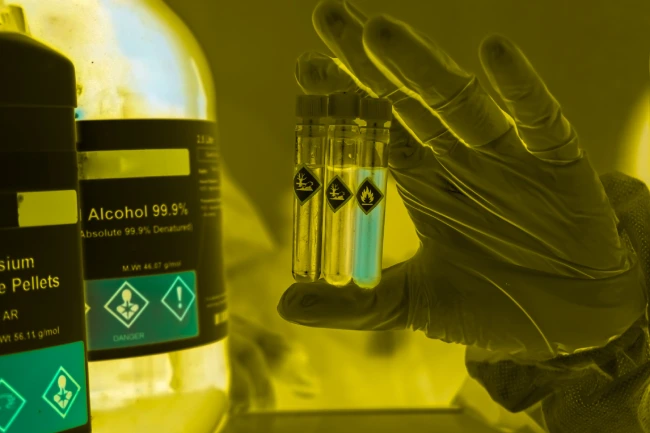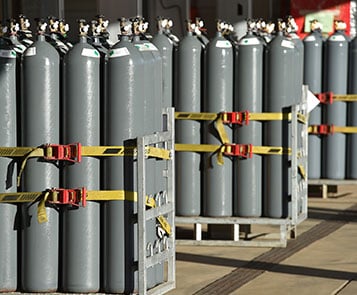Disposing of Sodium Azide Solutions: What You Need to Know
 Sodium azide (NaN3) is extremely toxic and potentially explosive under certain conditions. This azide compound is frequently used as a preservative in many reagents and stock solutions that are utilized in healthcare facilities. Here’s what you need to know about drain disposal of sodium azide as well as other solutions.
Sodium azide (NaN3) is extremely toxic and potentially explosive under certain conditions. This azide compound is frequently used as a preservative in many reagents and stock solutions that are utilized in healthcare facilities. Here’s what you need to know about drain disposal of sodium azide as well as other solutions.
Drain Disposal: Pros and Cons
Some manufacturers of these solutions recommend that users discharge these reagents and stock solutions into sewer drains provided that copious amounts of water are added to flush the material down the drains lines. Though this is probably the easiest, least expensive form of disposal, many institutions and safety experts discourage this practice because it can constitute a safety hazard if performed improperly and because sodium azide is a known environmental pollutant. Accumulation of azide salts in plumbing has resulted in explosions.
Other Drain Methods
Laboratory technicians who opt to flush solutions with sodium azide preservative into sewer lines will sometimes deposit the material into a sink or floor drain where water is deliberately left running 24 hours a day. This practice is intended to lessen the risk of explosions, but it presents an added cost to the laboratory in the form of high water/sewer bills. This disposal method can also have a negative effect on the environment. It represents an enormous waste of water and it results in a release of a known environmental pollutant directly into your community’s waterways.
The Ideal Method
If you are a lab technician or administrator at an institution where stock solutions with sodium azide preservative are used, you should consider containerizing these waste liquids in plastic drums and having your waste vendor ship and dispose of your waste as non-hazardous rinse water. Your waste will be disposed at a licensed, permitted disposal facility equipped to handle the material. You will have mitigated your institution’s safety risks, helped to keep your community’s water pristine and you may have saved a few bucks.
To ensure your organization is disposing of sodium azide and other chemicals in a safe, compliant manner, contact our experts to discuss a site assessment.






